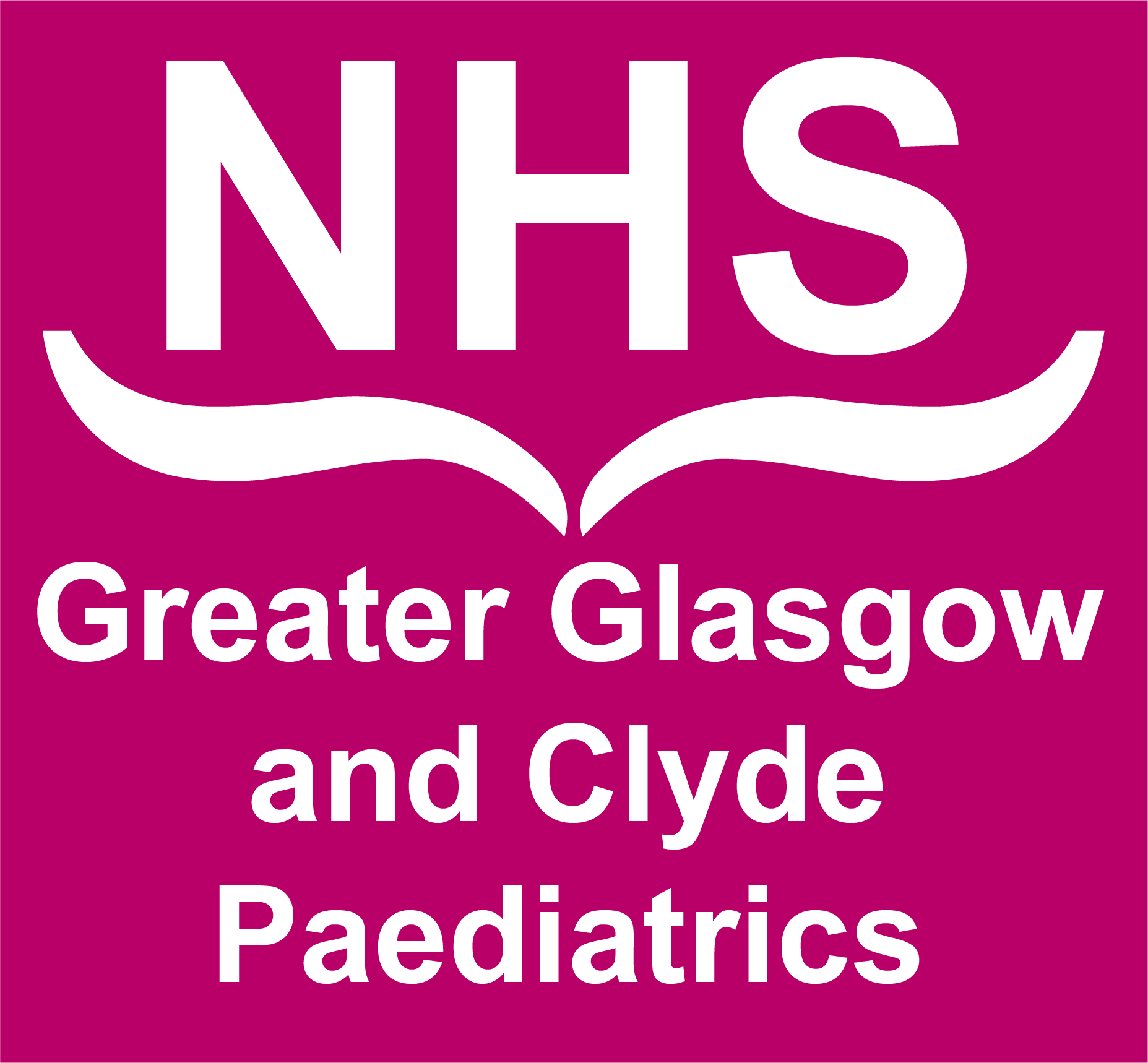Diagnosis
- History/examination
- Weight
- Assess for clinical dehydration(2) Capillary blood gas:
- Assess acid base
- Confirm hypochloraemic, hypokalaemic metabolic alkalosis
- Calculate and document appropriate full milk feed compared to given feed (3), to ensure not being overfed
- Ultrasound is the gold standard for diagnosis(1-2)
- Discuss case with duty radiology registrar or consultant (requests for US should only be made after consultant review by parent team)
- Measurements: >3mm single wall thickness*, >14mm transverse diameter, >15mm length.
- Comment on passage of gastric contents through pyloric canal.
- In difficult cases, sterile water can be injected via the NG tube into the stomach to improve visualisation of the pylorus.
- *N.B. single wall thickness is the most specific measurement, and the scan should not be called normal if there is clear thickening of the muscle which does not quite reach these measurements.
- If US is equivocal (e.g. measurements not just reaching limits), a plan should be made for a period of clinical observation +/- test feed +/- re-imaging aftere a period agreed in concert with the radiologist (typically 24-48h). It may be appropriate to consider other diagnoses.
- Please ensure fluid resuscitation has been started and a nasogastric tube sited prior to transfer to the radiology department (see below).
Management
- Fluid prescribing
- Resuscitate with 10ml/kg fluid bolus of 0.9% NaCl if clinically dehydrated
- Following resuscitation, the following fluid should be used until electrolyte correction(1,2,4,5):
0.9% NaCl + 5% Dextrose + 10mmol KCl in 500ml
Rate: 150ml/kg/day
- Monitoring correction
- Capillary blood gas/blood test should be carried out a minimum of 12 hourly
- Aim for normal pH/H+ including the following 3 factors:
- Bicarbonate (HCO3) <28
- Chloride (Cl-) >100
- Potassium (K+) >3.1
- Fluid adjustment
- Once achieved correction, reduce rate of same fluids to: 100ml/kg/day (5)
- Nasogastric tube placement (1,6,7)
- All patients should have NGT on admission, however this should be spigotted and advise nursing staff to aspirate when required (PRN)
- Occasionally babies will have significant losses by vomit or NG, for this small group the loss should be factored into the fluid replacement or increasing base rate of maintenance fluids
- Proton pump inhibitor use (e.g. omeprazole as per BNF):
- Only required when blood-stained aspirates present
- Duration to be discussed depending on response and improvement in symptoms
Transfers from district general hospitals to RHC
Radiologically confirmed pyloric stenosis should be transferred safely to RHC for surgical management, following discussion with the on call surgical consultant (see Appendix 7).
Recommendations
- No out of hours transfers are recommended
- Intravenous fluids should continue throughout the ambulance transfer
- If ultrasound is not available, discussion with the surgical or medical team at RHC is recommended



